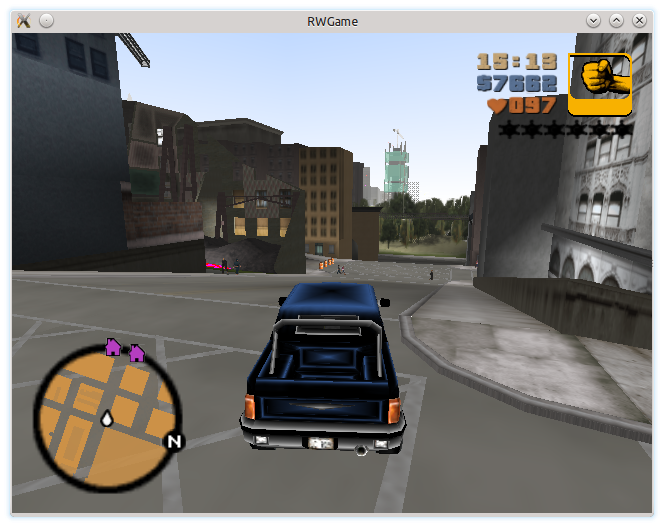I am very interested in this as well, can you share how you have set it up and what you used?
I think the setup is similar on other platforms, but this is how I have it setup on my Linux media server.
First I got the program here, it's pretty much just an unzip and use. you may need to install some codecs and such for decoding :
http://www.universalmediaserver.com/
There is some setup in the gui, like server name and adding the video folders you wanted to share. Once UMS is started you can go into Kodi, go to Videos and Files, then there is an option to add videos. Click browse and then select UPnP devices, if everything works well it should show the UMS server and just select the share you want. Then on UMS it will show a Kodi device, if you left click on it, it will give you an option to edit the configuration, click on the add box, should have a hover comment of "Customize this device". I've given my Pandori static IPs so I won't have to make a new configuration every time my IP address changes.
For my rebirth Pandora with USB Ethernet I use this configuration.
Device = 192.168.0.22
TranscodeVideo = MPEGPS-MPEG2-AC3
MaxVideoWidth = 800
MaxVideoHeight = 480
MaxVideoBitrateMbps = 50
For USB Wifi I use the same but change the bitrate:
MaxVideoBitrateMbps = 20
For Internal I'd say 5 or so may be it, who knows you may get lucky.
Also if you need to edit the config file later you can use the UMS gui or they are saved in the ~/.config/UMS/renderers directory.
When in Kodi, you basically navigate to the folder where your videos are, just clicking on the video file won't get you what you want, it will attempt to play it without Transcoding and if it's an HD video you may lock up Kodi. So what you need to do is click on the item in the directory called #TRANSCODE#, then click on the video you want to play, then it will give you a menu of rendering options, if it's a multi-language mkv or ogm it will allow you to select language or subtitle preferences. If you have more than one decoder installed it will give you all those options per decoder, however I found FFmpeg is really the only good one for Pandora play and I disabled the other ones in the UMS settings so it won't clutter that menu.



